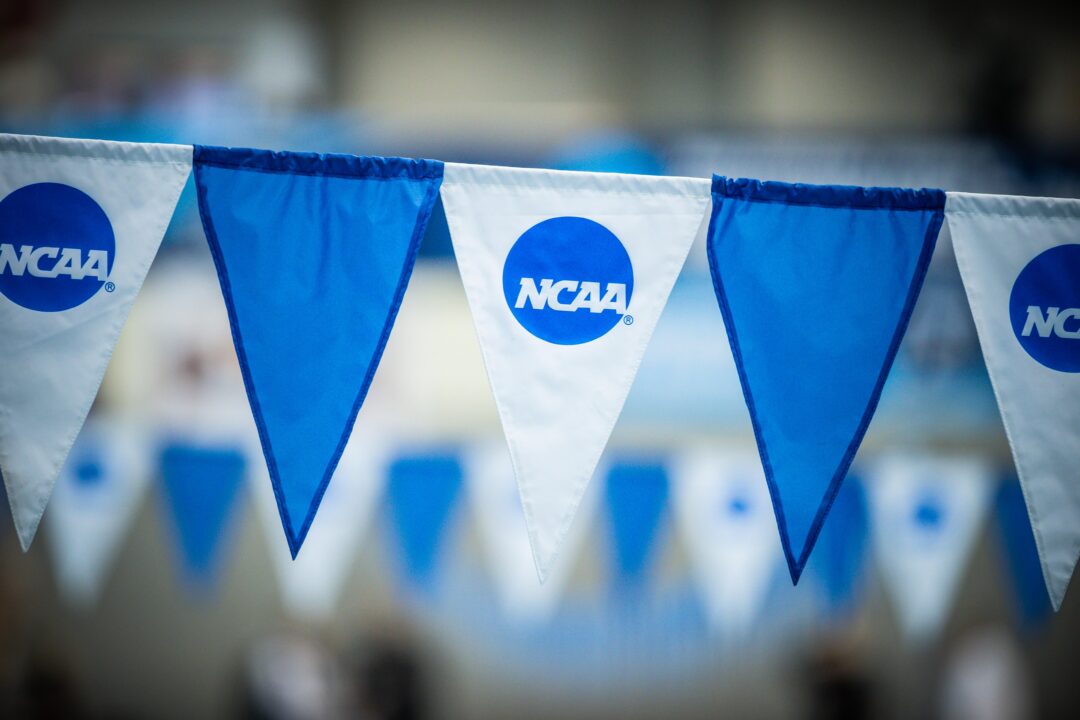The transfer portal rules change all the time. One of the most recent changes has been the 60 day window post NCAA selections, bringing the transfer portal entry window for swimming and diving to close around the beginning of May. Just earlier this month the NCAA voted to shorten that window from 60 to 45 days.
One of the exceptions to this rule, allowing athletes to enter at any time, is graduate transfers. In my case, I am a graduate transfer as I stayed home during the 2020-2021 school year and did online classes. I was training and competing with my club team. That was the same season that the NCAA ruled that it would allow for a COVID-19 fifth year of eligibility. This means that my graduate year will technically be my “fourth” year of eligibility as I did not compete in the NCAA at all during the 2020-2021 season.
I officially entered the transfer portal on July 5, 2023. Here at SwimSwam we have written numerous times about how once an athlete contacts their compliance department, compliance has 48 hours to put the athlete into the portal, but as easy as that sounds, there are more steps than that.
The first step after already telling my head coach that I was interested in a fifth year was emailing my college’s athletic compliance department. Next, they replied recognizing my interest and explained that there were a few things I needed to do that the NCAA requires before I officially have my name in the portal.
One of the NCAA requirements is watching an educational module that explains some of the questions an athlete might want to ask themselves before they actually enter the portal. Some of them did not have to do directly with graduate transfers as they pertained to the topics such as “what if the new school does not have my major” or “will all of my credits transfer”? As I will already be graduating with my degree, these questions are still important to consider in a different context, such as “does the school have a graduate program I am looking for academically?”
Some of the other topics of the module included the importance of staying eligible at your current institution, how entering the portal affects a current athlete’s scholarship and resources, as well as resources available to help the athlete make the best decision for them (reaching out to academic advisors, current coaches, professors, etc). All of these are still important for graduate transfers to listen to.
At the end of the roughly ten-minute module, a few links are given. The first being one that every athlete has to fill out. The form requires you to give your first and last name, current institution, email, and current sport(s) participating in. The most important question was the email one, as it is the same email that must be given to compliance at some point.
After I completed the form, my school’s compliance department was officially able to place me in the portal as a graduate transfer, allowing me to contact and be contacted by coaches.
My biggest takeaway from this process was that it was not a simple “hey compliance can I please be added to the portal” with a response “yes, you are now in it.” There is important communication that needs to happen and the athlete has to be on the lookout for the email with the video and form from their compliance office in order to follow the required steps to be in the portal.

My daughter went through the portal this past April. She delayed deciding until there were only 3 weeks left. Her school was great in the way they handled it and guided her through the process because it was definitely an unknown and was quite stressful.
Really cool – wish we could see portal from a coach’s POV